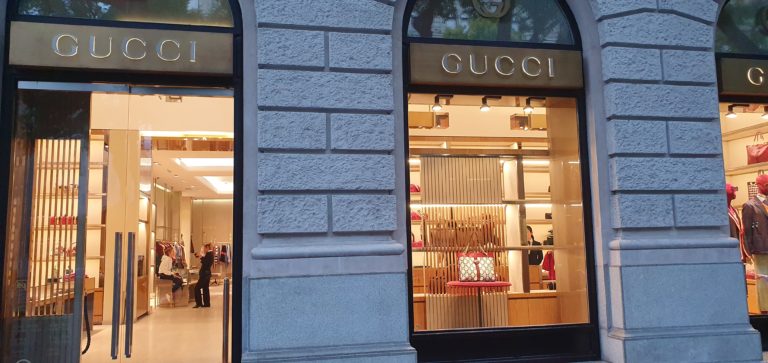Going Digital: The only option for Indian Luxury Market
For a long time, luxury brands from Rolex to Rolls Royce and Louis Vuitton to Lamborghini, have been facing ‘Internet Dilemma’ of how to be inclusive and yet maintain an aura of exclusivity. Therefore, this sector has been the last one to embrace digitization. But, with the outbreak of Covid-19, the rules of this industry are certainly bound to change.
Covid-19 is wrecking a severe blow to luxury sales globally and India is no exception to the same. Luxury market, although rapidly growing in India, is still at a very nascent stage and thus, unforeseen events like this pandemic is forcing luxury brands to take steps in all fronts to keep the industry growing. One such step which brands have relatively ignored over the years is online luxury retail.
We all know that luxury is one of the most difficult and challenging sector to replicate offline purchase experience in the digital realm. The task of creating unique, magical and unparalleled shopping experience online for luxury brands is a long, challenging path that luxury brands in India must navigate in order to remain afloat during these troubled times.
The key question that keeps coming in the mind of luxury entrepreneurs and professionals – how luxury brands pursue the digital path? To answer this question, we need to first understand psychology of luxury consumers and their purchase behavior. In the past we have seen during other crisis that luxury industry has been the first one to be affected but also the first to bounce back. It is simply due to the phenomenon of ‘Revenge Buying’ – an increase in consumption due to forced abstinence. We have seen this phenomenon recently happening in China where Hermes achieved a record single day sales of $2.7 million during the reopening of their flagship store post Covid-19 lockdown.
So, can this phenomenon occur in India as well- Absolutely Yes! After witnessing this deadly incident so closely, ‘YOLO’ (you only live once) will be the reason for irrational spending behavior of the new age consumers. The number of luxury shoppers driving this spree may be limited but those who will buy will possibly overspend as they get the opportunity to splurge for the first time after so many weeks.Also, millennial population will be more inclined to do digital shopping rather than visiting physical stores. The fear factor of getting virus at crowded places will force the luxury buyers to focus on online luxury shopping more than ever before.
However, easier said than done, the route towards digital for luxury brands in India require lot of strategic thinking and tactical plans. The task of replicating unique, personalized luxury buying experience offering in offline stores will require investment in world class digital technologies- ranging from augmented reality/virtual reality to artificial intelligence, data analytics and so on. Tools like 360 degree viewing, virtual dressing room, etc. are some of the latest must-haves that brands will need to incorporate for successful digital retail foray. In addition, the humanistic element should be intertwined cleverly with digital tools to make consumers feel pampered and well attended during their purchase experience.
We all know that Indian consumers primarily buy luxury goods to show off or their luxury purchases are motivated by significant others. As per recent research, 57% of Indian consumers shop via social media compared to 30% global average. Hence, luxury brands should use social media to their best use and deploy all tactics to integrate social commerce in their digital strategies.
The brands will also need to be very selective and focus on the digital communication, online public relations and allied content strategy. Today, consumers are becoming increasingly concerned about sustainability and environment, focused on frugal lifestyle and avoiding discretionary expenditure. Hence, companies need to clearly deliver their commitment towards sustainability element in their brands and long term value proposition over generations for luxury buyers. Indians are value conscious buyers and events like Covid will make them even more concerned about the value derived from purchases. Hence, it is critical to understand these idiosyncrasies of Indian luxury consumers.
As per the recent McKinsey Report, India is home to the second largest digital base in the world. From the current around 600 million internet users, it is projected to reach 800 million internet users by 2023. With democratization of internet, rising number of HNIs, increasing brand consciousness and growing number of new age consumers, the online luxury market in India is ready to bloom. The time is ripe for Indian luxury brands to wake up and take the digital route. Digital is the way forward but the path towards digitization is full of challenges, yet rewards are attractive enough to navigate this challenging path. Take the right steps, get your act together and establish your presence in one of the world’s most rapidly growing luxury market.
Note: This article has been previously published in ET Retail.com
